
- Home
- India
- World
- Premium
- THE FEDERAL SPECIAL
- Analysis
- States
- Perspective
- Videos
- Sports
- Education
- Entertainment
- Elections
- Features
- Health
- Business
- Series
- In memoriam: Sheikh Mujibur Rahman
- Bishnoi's Men
- NEET TANGLE
- Economy Series
- Earth Day
- Kashmir’s Frozen Turbulence
- India@75
- The legend of Ramjanmabhoomi
- Liberalisation@30
- How to tame a dragon
- Celebrating biodiversity
- Farm Matters
- 50 days of solitude
- Bringing Migrants Home
- Budget 2020
- Jharkhand Votes
- The Federal Investigates
- The Federal Impact
- Vanishing Sand
- Gandhi @ 150
- Andhra Today
- Field report
- Operation Gulmarg
- Pandemic @1 Mn in India
- The Federal Year-End
- The Zero Year
- Science
- Brand studio
- Newsletter
- Elections 2024
- Events
Tales of the precariat: How cinema is missing the ire in the soul of working class
When The Old Oak, Ken Loach’s atmospheric feature film on the Syrian refugee crisis, set in a former mining village in the Northeast of England, was screened at the International Film Festival of Kerala recently, it was given a standing ovation, with the audience bursting into rapturous applause. The fact that it’s likely to be Loach’s last film made it all the more special for scores...
When The Old Oak, Ken Loach’s atmospheric feature film on the Syrian refugee crisis, set in a former mining village in the Northeast of England, was screened at the International Film Festival of Kerala recently, it was given a standing ovation, with the audience bursting into rapturous applause. The fact that it’s likely to be Loach’s last film made it all the more special for scores of his fans in the last bastion of the Left. In a career spanning nearly six decades, the 87-year-old filmmaker, an outspoken socialist and a champion of the working class, has made explicitly political films — his ode to the lives and struggles of ordinary people.
Poverty, homelessness, and labour rights have been some of Loach’s pet themes. Beginning his career with television dramas in the 1960s, he put the spotlight on the problem of homelessness, and the lives of working-class women, in Cathy Come Home (1966) and Up the Junction (1965), respectively. One of his most memorable films is Kes (1969), a classic of British cinema and one of the greatest coming-of-age films, which tells the story of a young boy in Yorkshire, who finds solace in training a wild kestrel. If Riff-Raff (1991) was a biting satire of the construction industry, Raining Stones (1993), a black comedy, showed the hardscrabble world of a working-class family.
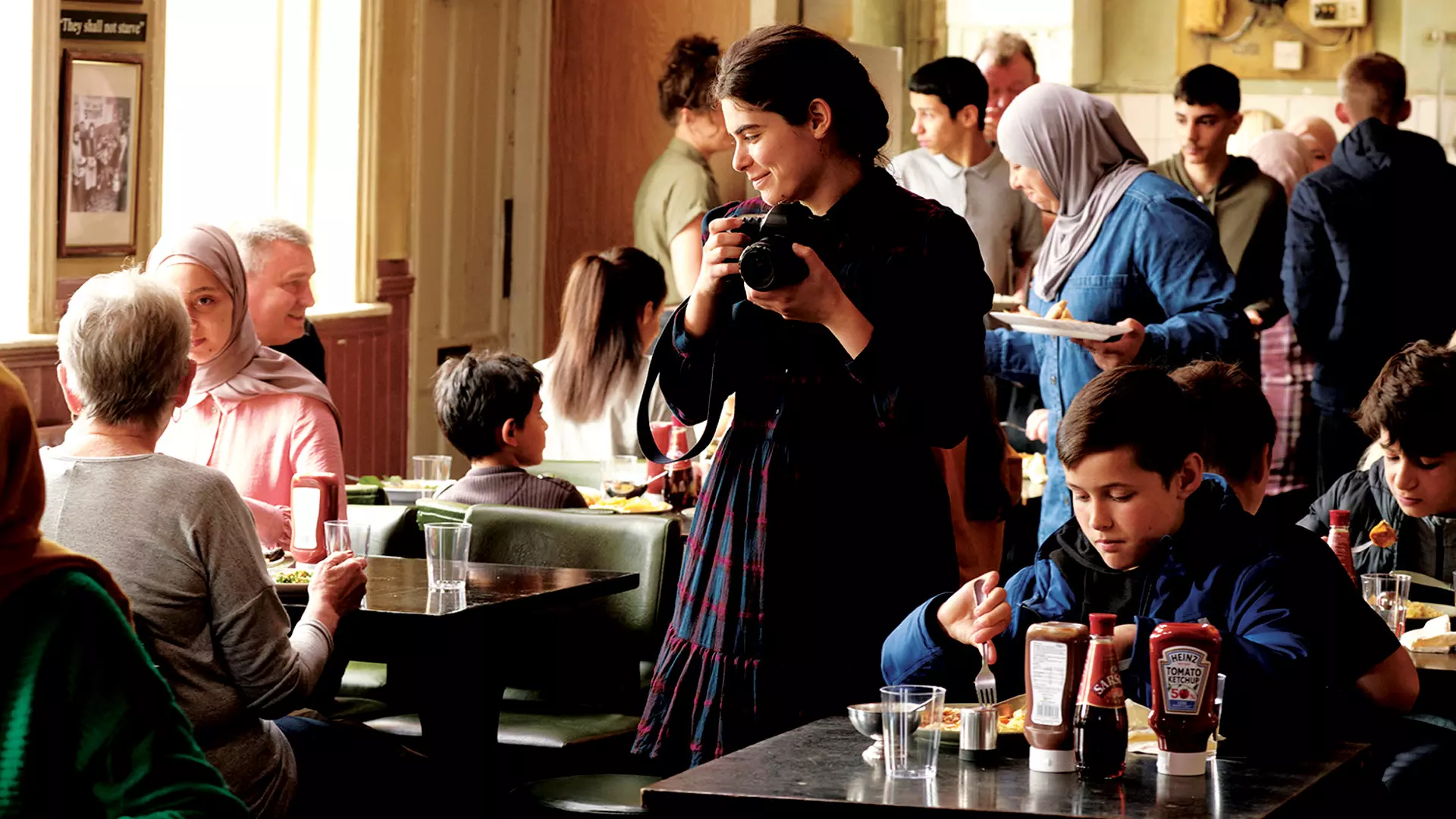
A still from The Old Oak. Ken Loach’s atmospheric feature film on the Syrian refugee crisis was screened at the International Film Festival of Kerala recently.
“I can’t see getting round the course again. This was quite a tough one to do. My short-term memory is fading and my eyesight is not what it was, and then there’s all the natural shocks that flesh is heir to,” Loach said in an interview, while talking about The Old Oak, underlining that the decision to give up on a passion that kept him preoccupied for a lifetime has not been easy. It’ll be equally hard for legions of his admirers to digest that Loach is not going to direct a film again. For he belongs to the rare breed of filmmakers who remained committed to making social realist movies that capture the plight of the proletariat.
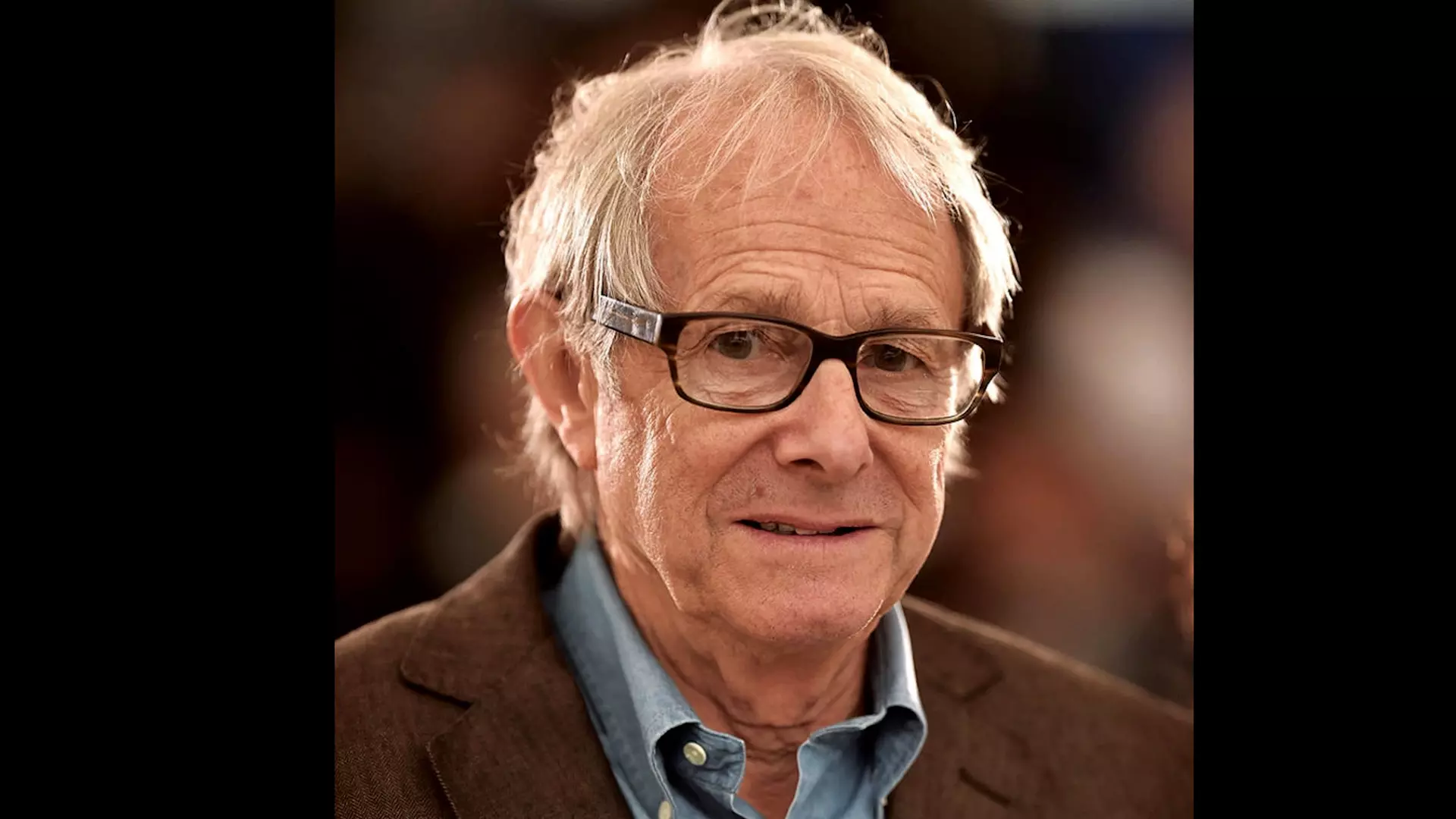
Ken Loach, an outspoken socialist and a champion of the working class, has made explicitly political films — his ode to the lives and struggles of ordinary people.
As capitalism spreads its tentacles around the world, and Neoliberal policies continue to be rolled out in the West as well as in developing countries, spelling widespread inequality and unemployment, we need many more filmmakers with Loach’s distinct sensibility, and sensitivity. We need them to chronicle the big shifts taking place in the nature of jobs, the growing employment insecurity worldwide and the precarity of the millions who are left to fend for themselves in a cut-throat, dog-eat-dog world, with no place for the disadvantaged.
The Old Oak takes us to a village of miners in County Durham, where hundreds of thousands of mining workers had faced an existential threat in the 1980s after the then pro-capitalist Prime Minister, Margaret Thatcher, decided to shut all mines. Failed by the system, the miners, who had continued with their work despite harrowing conditions since they had no other option, were left with little hope, and no means of subsistence. They decided to risk all they had and launched a year-long strike against Thatcher’s move to close collieries. But their collective will could not save the fate of their industry and thousands of mine workers were forced into the labour market; there was hardly any support from the government.
Cut to the recent years. In this village, which has been deserted by the young members of the miners’ families, and where despair, anger and resentment run rife, enter Syrian refugees, accepted by Britain as a humanitarian gesture to lend a helping hand to those fleeing the unrest and civil war raging on for over a decade, which has resulted in the largest refugee crisis in the world. The Old Oak, a social parable, explores how the Syrian refugees, including a confident young woman Yara (Ebla Mari), are received by the denizens of the village, who have themselves fallen on hard times, and whose economic condition is hardly any better than the hordes of people they are conditioned to see as the other. While some help the refugees and express solidarity with them, many others resist the ‘fucking ragheads’ to be ‘dumped on us’.
The film also shows what happens to the eponymous pub, the last one standing in the village, run by a former miner, TJ Ballantyne (played by Dave Turner). “There was a sense of completing a little sequence of films because the first two had been so tragic in a way — tragic is perhaps too grand a word — but we had seen really bad things happen in the benefits system and the gig economy and the new area of exploitation. One of the poorest areas in the country accepting more than its fair share of Syrian refugees crystallised so much,” Loach said in an interview.
The two previous companion films of Loach’s supposed swan song — I, Daniel Blake (2016), and Sorry We Missed You (2019) — were also shot in the same region and together, they constitute a trilogy of sorts. Though they are set in the UK, they speak to the experience of the working-class around the globe. An example of the ‘cinema of abjection,’ they reveal what neoliberalism does to people. I, Daniel Blake is the story of a 59-year-old carpenter, who fights the bureaucratic forces, along with a single mother of two he befriends, for Employment and Support Allowance after he suffers from a heart attack. In the same vein, Sorry We Missed You is a critique of the UK government’s austerity measures.
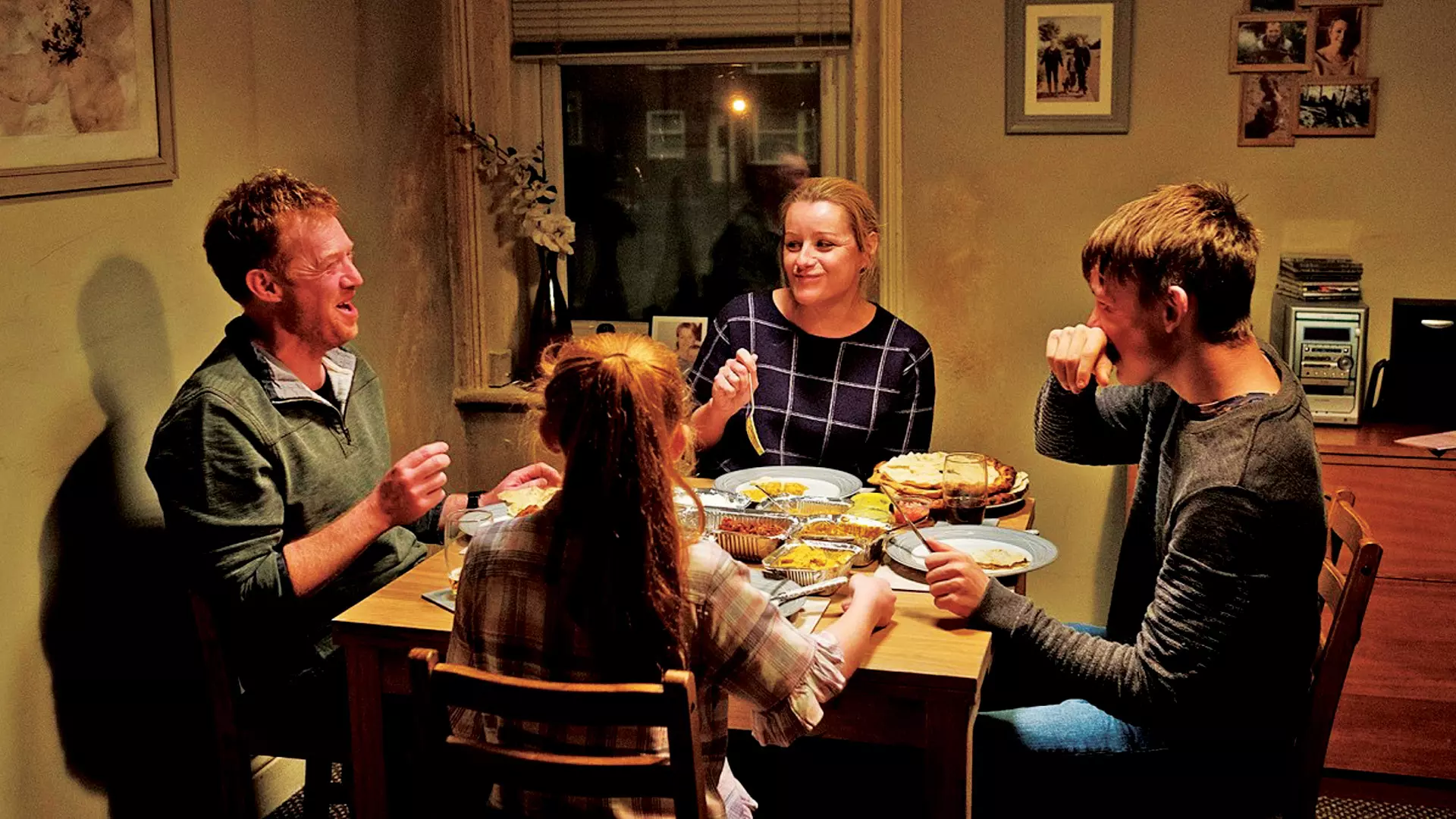
A still from Sorry We Missed You.
In India, the pioneers of parallel cinema produced a clutch of classic films centred on the lives of the rural poor such as Bimal Roy’s Do Bigha Zamin (1953), and Satyajit Ray’s Pather Panchali (1955). They invariably depicted the subaltern as virtuous. So did the mainstream cinema. Some of the iconic Bollywood films on the working class include a string of hits starring Amitabh Bachchan: Saudagar (1973), Deewaar (1975), Kaala Patthar (1979), and Coolie (1983). Essaying the role of a labourer, Bachchan became the face of the ‘angry young man’ in the 1970s. He took up the cudgels for the workers’ fight for dignity in the face of oppression by the indifferent society and the political class.
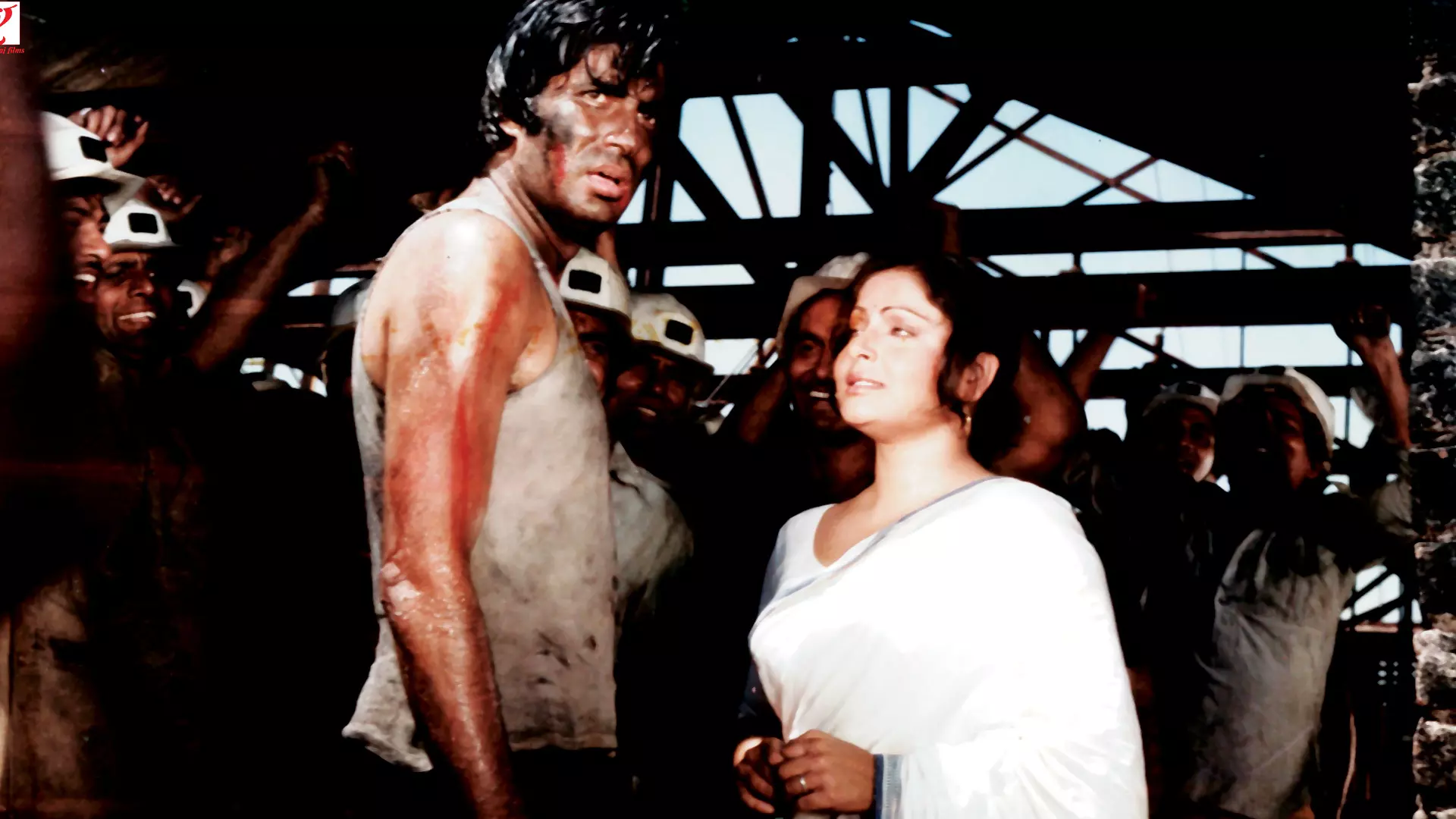
A still from Kaala Patthar.
However, in the era of star-studded blockbusters and run-of-the-mill potboilers, the films featuring the working class are few and far between. In July this year, Anamika Haksar’s debut feature, Ghode Ko Jalebi Khilane Le Ja Riya Hoon (2022), one of the most exciting films to have been made on the precariat — a neologism for a social class formed by people suffering from precarity, a portmanteau word which combines precarious with proletariat — released on GUDSHO, an online video platform, after it played in select theatres last year. Haksar’s offbeat and experimental film, now streaming on Apple TV, on the nameless and faceless street vendors, daily wagers, loaders and migrant workers struggling to eke out a living in Shahjahanabad, Old Delhi, is utterly ingenious and steeped in compassion for them. She delves into their subterranean consciousness, revealing their fears and dreams, with dollops of dark humour.
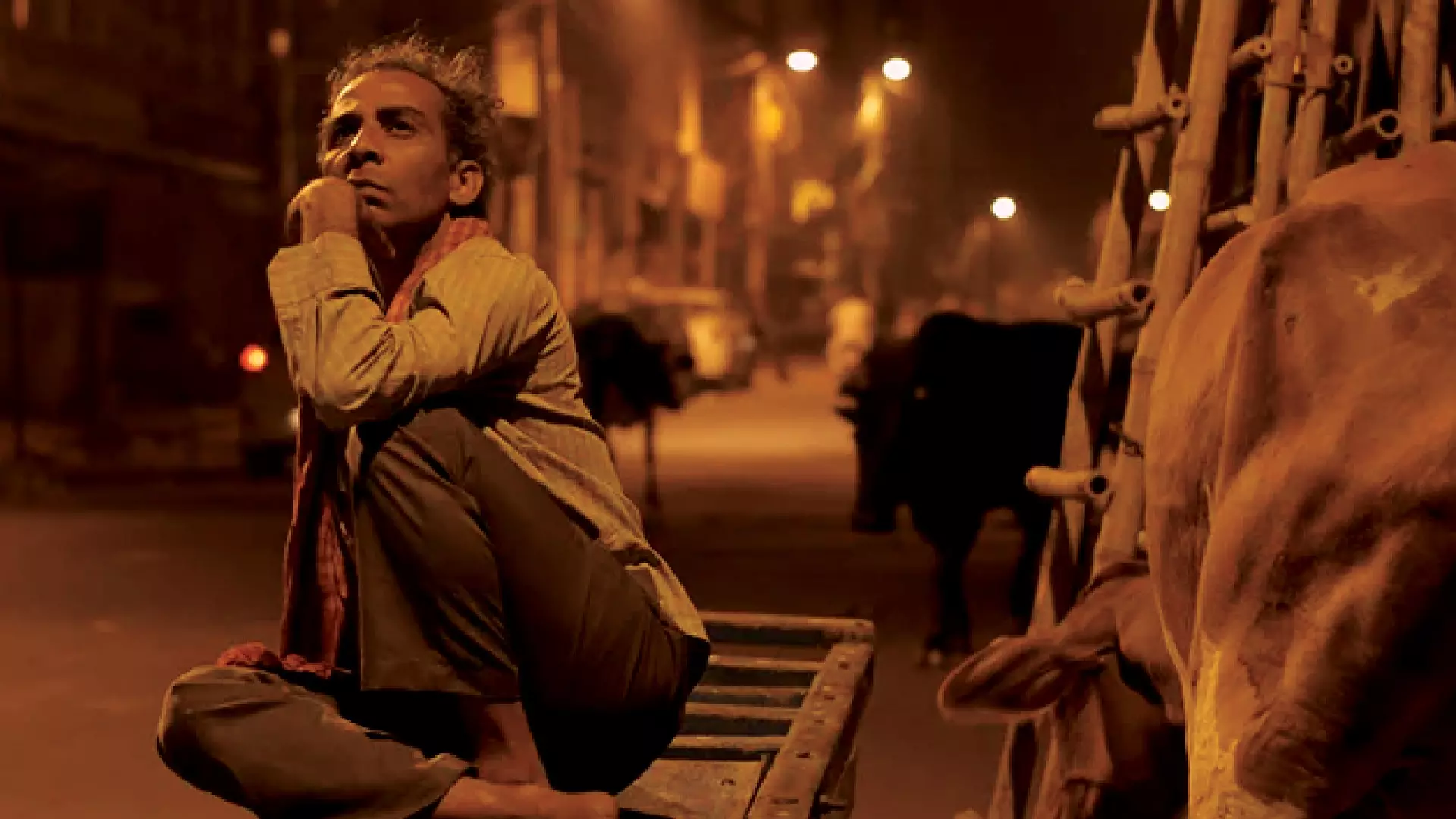
Anamika Haksar’s debut feature Ghode Ko Jalebi Khilane Le Ja Riya Hoon is currently streaming on Apple TV.
In Nandita Das’s Zwigato, which was released earlier this year, we witness the survival of an invisible worker of the gig economy. Manas (Kapil Sharma), who belongs to a lower-middle-class family, is an ex-factory floor manager, who loses his job during the pandemic. Subsequently, he is forced to work as a food delivery rider in order to make ends meet, and feed his family of five, which includes his mother, wife and two children. Anubhav Sinha’s Bheed, on the other hand, tells the story of millions of workers who fled the capital for their homes in the far-flung villages during the peak of the pandemic. Many of them were forced to walk for hundreds of kilometres, with little food, as borders were sealed and the heartless public authorities turned a blind eye to their ordeal — in the same manner the British authorities ignored the miners’ misery.
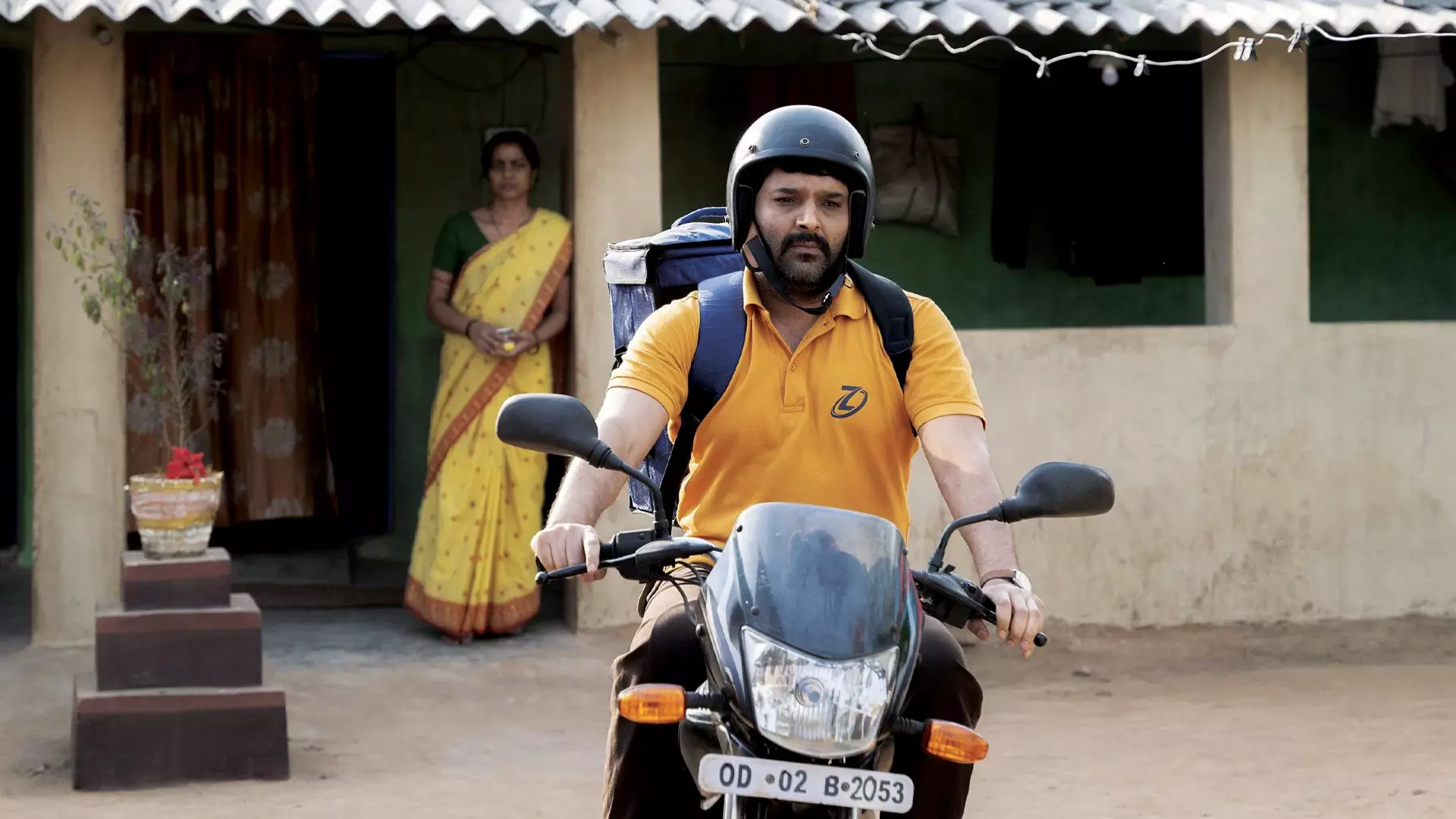
In Nandita Das’s Zwigato, we witness the survival of an invisible worker of the gig economy, portrayed by Kapil Sharma.
Among the modern filmmakers who have portrayed the working class on the celluloid include Mexican director Alejandro González Iñárritu who, in his 2010 drama Biutiful, illustrates the pitfalls of working in the informal sector. Set in Barcelona, Spain, it follows Uxbal (Javier Bardem), a single father, who earns a livelihood by managing and soliciting labour for local businesses. South Korean filmmaker Bong Joon-ho’s Parasite (2019) has got to be the most well-known — and also the most unsettling — film on the labour force in recent memory. It made history by becoming the first non-English film to win an Oscar for Best Picture. It revolves around two families at the opposite ends of the spectrum of economic class — the Kims and the Parks — and the power dynamic induced by their stark class differences. When the Kims’ son is hired by the wealthy Parks, his family finds an opportunity to find a way to coexist in the same ecosystem. Since they both need each other’s services, we are left wondering which among the two families can be called the ‘parasite’.
Cinema is a medium that emerged during the peak of industrial production; the Lumière brothers, Auguste Marie Louis Nicolas Lumière and Louis Jean Lumière, who invented the Cinématographe motion picture system, only tapped into the visible elements of society at the time. One of their earliest moving pictures is a 38-second film, Carmaux, défournage du coke (Carmaux: Drawing Out the Coke), which was made in 1896. It shows workers in a French steel factory pulling coke from a smelter; they hose the hot coke and try to break it up using metal poles. Loach may or may not make a film again, but the legacy he has left behind throbs with the pulse of people who depend on their labour to live. Much like the Lumière brothers did in the infancy of this art form, he devised and developed a cinematic vocabulary that gives an expression to the blood, sweat and toil of the working class — the ire in their soul, the angst in their hearts.

